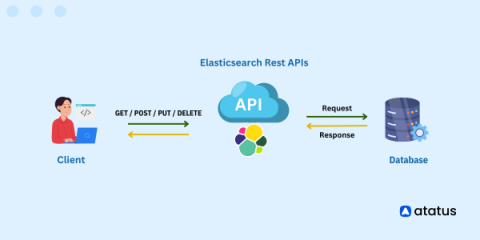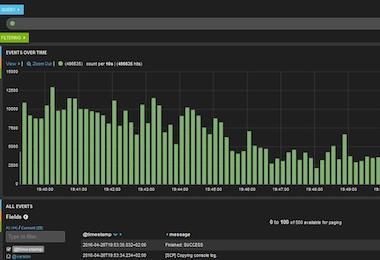Systems | Development | Analytics | API | Testing
Search
A Comprehensive Guide to OpenSearch Architecture
How To Set Up Elasticsearch on Heroku
Full-Text Search for Ruby on Rails with Litesearch
The Evolution of Search: How Multi-Modal LLMs Transcend Vector Databases
Understanding the Elasticsearch Query DSL: A Quick Introduction
Elasticsearch is a distributed search and analytics engine that excels at handling large volumes of data in real time. When we have such a large repository of data, singling out the most suitable context can be a grueling task. And precisely that’s why we query. Querying allows us to search and retrieve relevant data from the Elasticsearch index with relative ease. Elasticsearch uses query DSL for this purpose. Query DSL is a powerful tool for executing such types of search queries.
Getting Started with Elasticsearch Mapping
Elasticsearch Mapping is a process of defining the schema or structure of the data that is going to be indexed and searched. Mapping determines how Elasticsearch will interpret and handle the data being indexed, including the field names, data types, and how they are analyzed and indexed for search. Mapping in Elasticsearch is essential for ensuring that the data is indexed and searched accurately and efficiently.
What Does TikTok Mean for the Future of Search-Related Content?
Beginner's Guide to Elasticsearch API: Indexing and Searching Data
Elasticsearch is a JSON-based database leaning heavily towards the unstructured types within the databases available out there. ( Postgres and MySQL are purely structured, while NoSQL is entirely unstructured). It interacts through restful APIs and provides a central unit system combining several datasets arising out of logs, metrics, and application trace data. A quick comparison with relational database management systems (RDBMS) will tell us their similarities.
What Is Elasticsearch?
In this article, we will discuss what exactly Elasticsearch is, alongside the considerations and common questions asked about this essential search engine.











